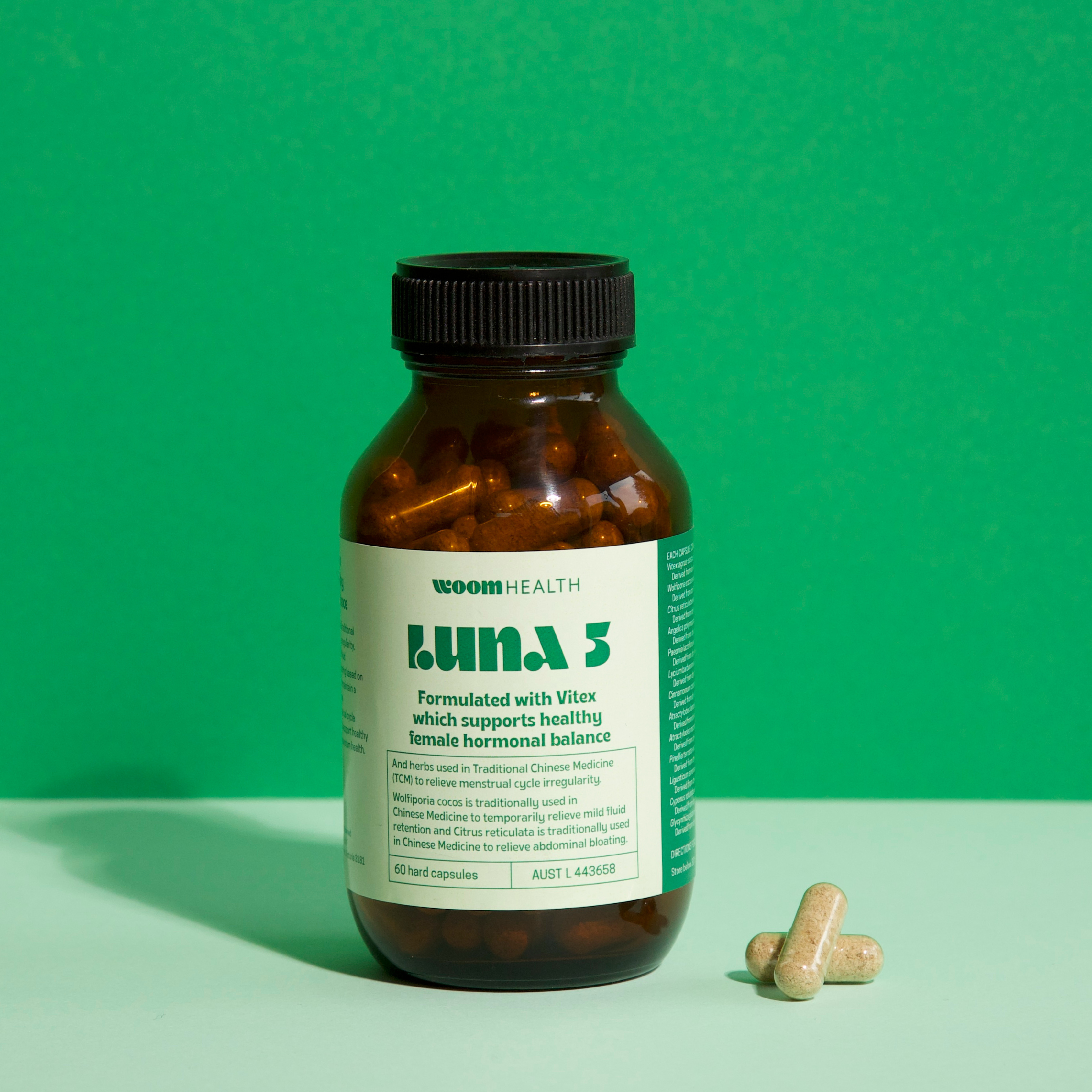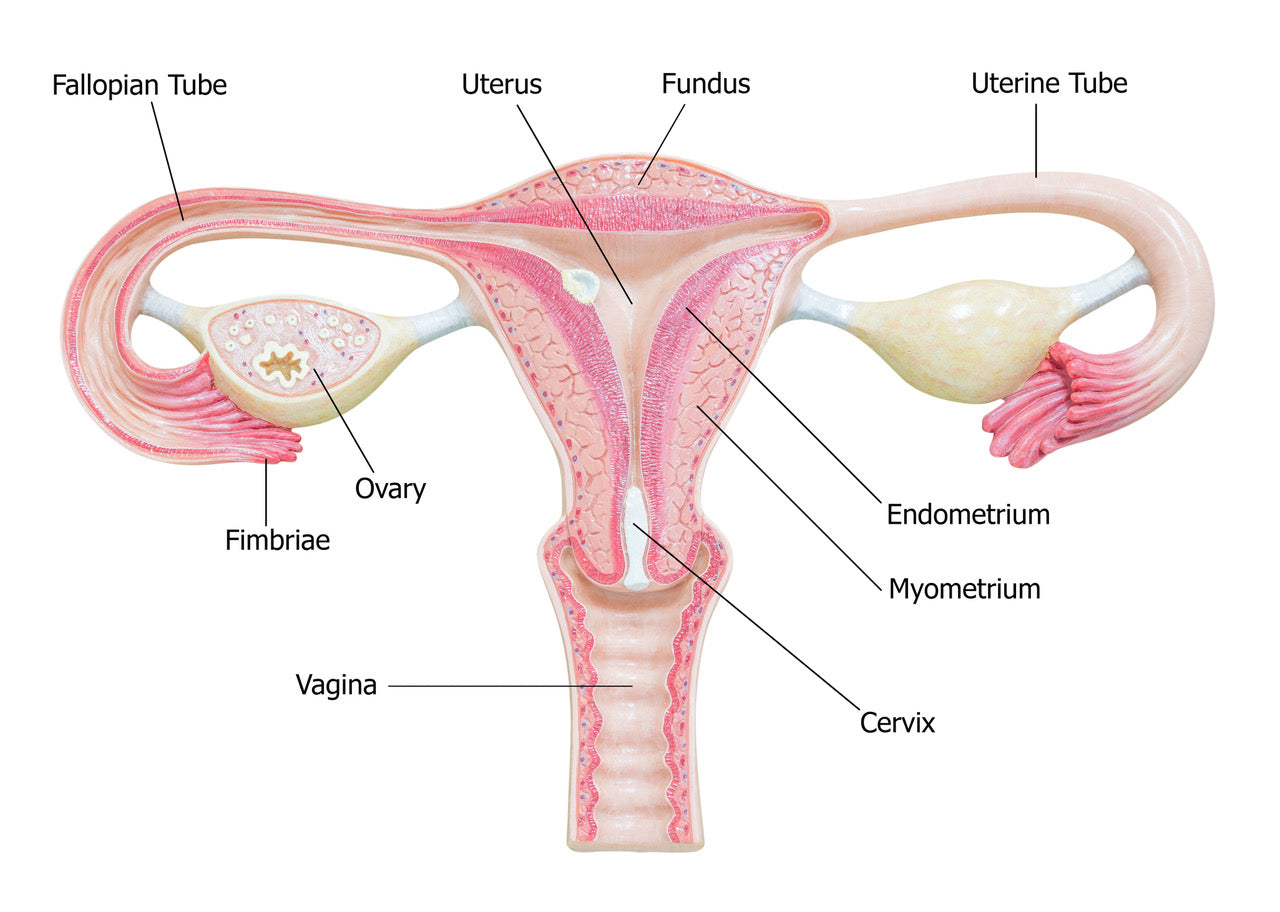Why is my menstrual cycle called your 5th vital sign?

You may have heard about the 4 main ‘vital signs’ watching an episode of a medical show. What exactly are they? For those who don’t speak medico, they essentially measure the body’s most basic functions – temperature, pulse rate, respiration rate (rate of breathing) and blood pressure.
Health professionals measure these signs to see how well a body is functioning. They give a fantastic objective measurement for the essential physiological functions of a human being. They can identify the existence of an acute medical issue or be a marker of a chronic issue.
When did we start to count to 5?
Our story begins with The Society for Menstrual Cycle Research (SMCR), a non-profit organisation founded by a multidisciplinary group of women who were pioneers in connecting menstrual cycle research to women’s health. In 2004, they co-sponsored a forum called ‘The Menstrual Cycle Is A Vital Sign.’ Scientific evidence was presented that showed that the menstrual cycle is, in fact, an indicator of wellbeing. A year later, their conference theme was ‘Menstruation: The 5th Vital Sign’.
There was a groundswell of support for this thinking across the world amongst many women’s health advocates. Then something really interesting happened in December 2015. The Committee on Adolescent Health Care within the American College of Obstetricians and Gynaecologists (ACOG) recommended that menstrual history be used as a vital sign when evaluating the health of girls and adolescents!
The medical world had a new vital sign
ACOG noted that ‘identification of abnormal menstrual patterns in adolescence may improve early identification of potential health concerns for adulthood’. They recommended that clinicians should gain ‘the ability to differentiate between normal and abnormal menstruation and the skill to know how to evaluate the adolescent patient… by including an evaluation of the menstrual cycle as an additional vital sign, clinicians reinforce its importance in assessing overall health status for patients and caretakers’.
This was profound. Finally, menstrual health was being considered as a measure of overall health. The ACOG Committee stated that if ‘the menstrual cycle does not function within normal parameters, general health is at risk because multiple body systems are impacted by menstrual dysfunction.’ They also determined that because the first occurrence of menstruation is such a developmental milestone, clinicians should reinforce its importance in assessing the state of health for patients and caretakers.
What can your 5th vital sign identify?
We know that periods can vary from person to person, and over time. We also now recognise that everything from their regularity, heaviness or associated pain can provide insight into a range of health conditions. Regular periods are a sign that your body is working within normal health parameters.
For women with heavy bleeding or blood clots, it can indicate underlying health issues such as uterine fibroids or symptomatic anaemia. The ACOG study found that heavy bleeding can help detect other serious problems including bleeding disorders, hepatic (liver) failure, hypothyroidism or adenomyosis. It could indicate menorrhagia (heavy menstrual bleeding) or anovulation (when the ovaries don’t release an egg and ovulation doesn’t happen).
Painful periods can indicate underlying conditions such as endometriosis or pelvic inflammatory disease. Irregular periods can indicate thyroid malfunction, hormone issues, including those that cause Polycystic Ovarian Syndrome (PCOS), sexually transmitted diseases or incorrect medication dosing. Menstruation can sometimes stop when a person isn’t eating enough, so an eating disorder could also be identified through your 5th vital sign.
Did you know that the right balance of oestrogen and progesterone in a regular menstrual cycle can also help maintain bone density?
Talk period to your doctor
With the 5th vital sign reaffirmed again in 2019 by ACOG, it serves as a reminder to health practitioners to include conversations about periods during a checkup. ‘By including an evaluation of the menstrual cycle as an additional vital sign, clinicians reinforce its importance in assessing overall health status.’ So when you discuss all other aspects of your health, remember to include your cycle in that too.
Track your 5th vital sign
It’s time to listen closely to your uterus. By monitoring your flow from month to month, you are in fact helping to monitor your overall health. Empower yourself to notice and report any changes or irregularities. Your cycle could be giving you a sign.
References:








